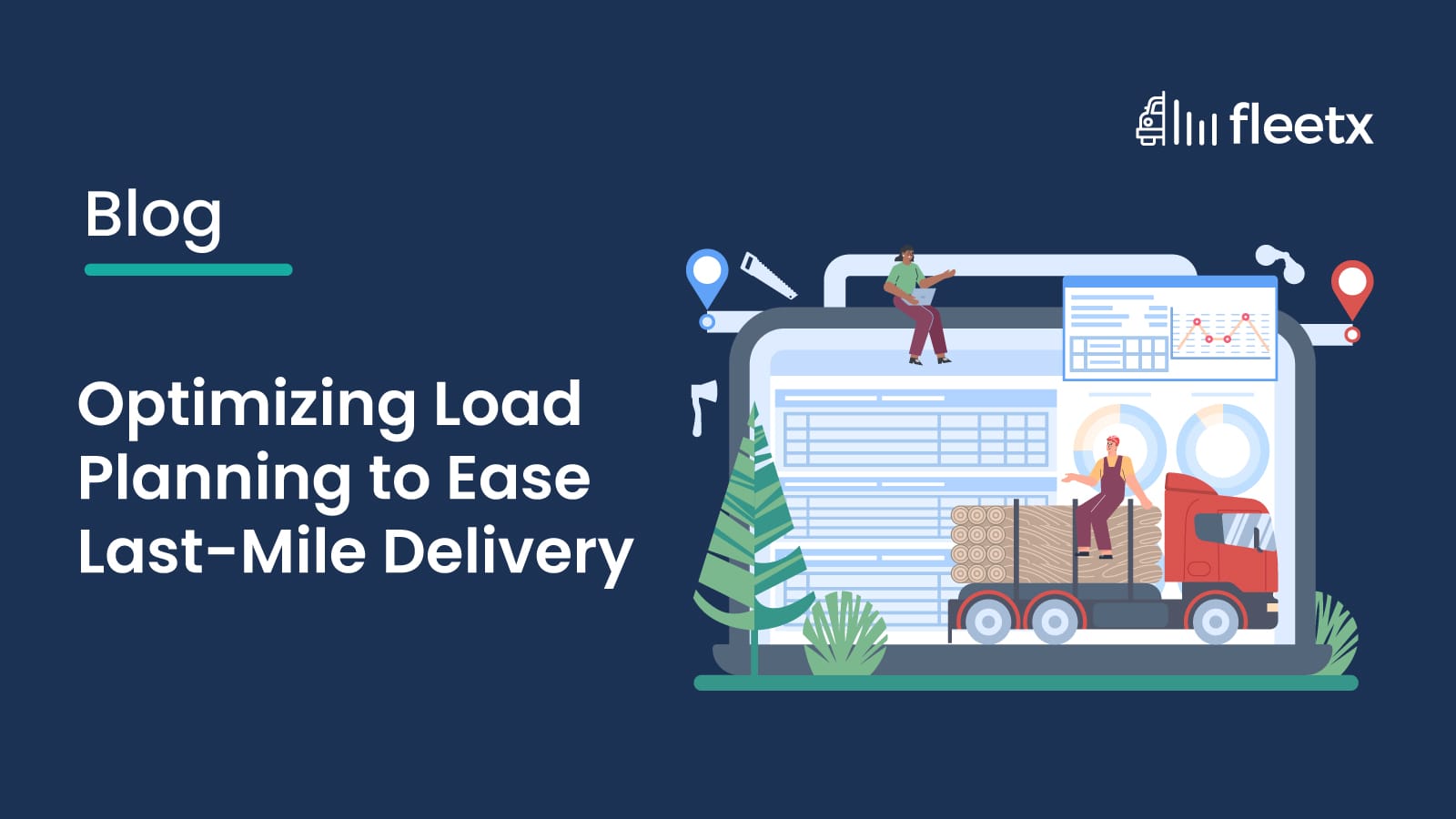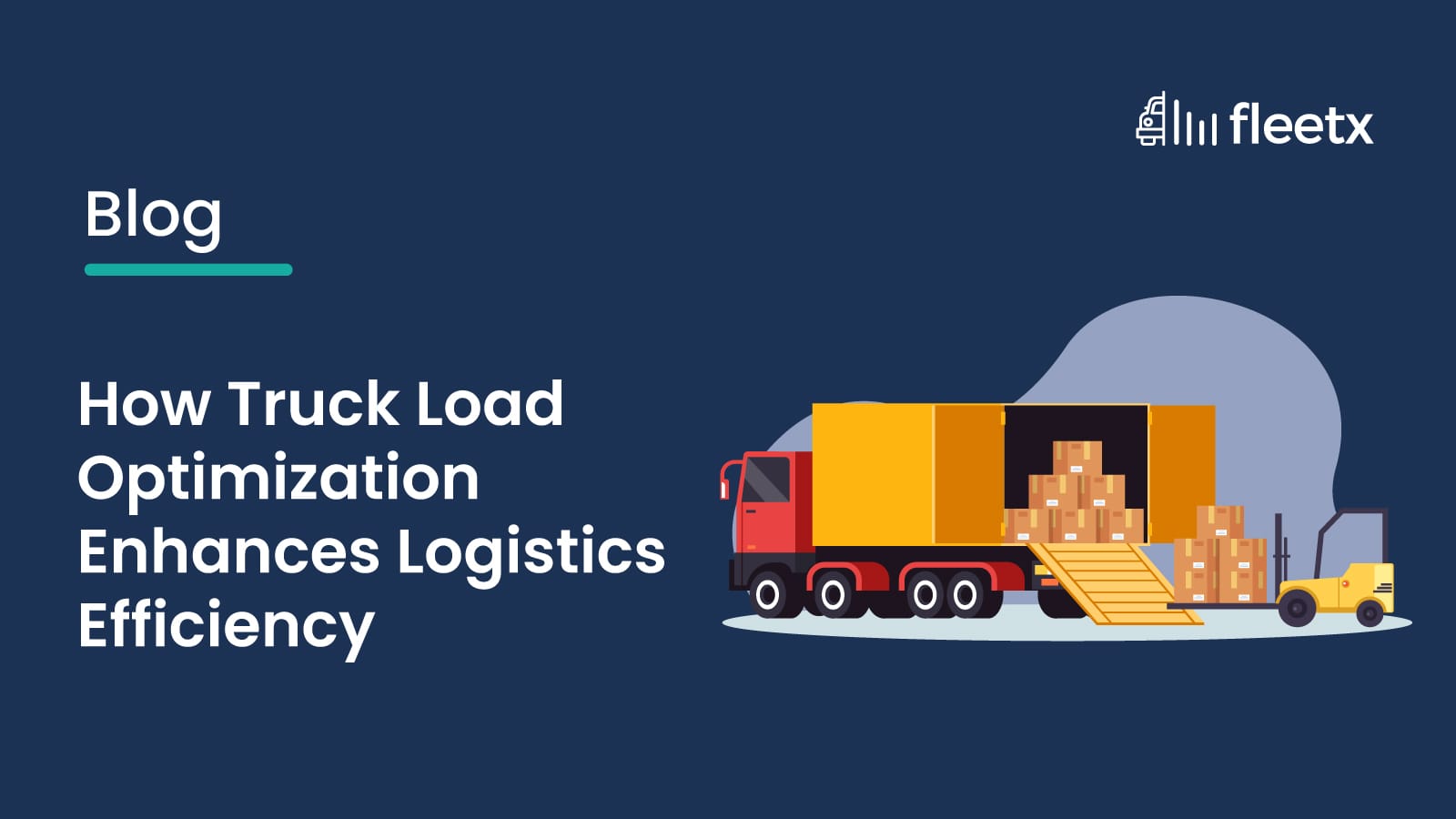
Detailing – the key concept associated with last-mile load planning. It’s not only about stuffing the cargo but also about optimizing the available space to arrange the maximum number of packages. For instance, when filling a jar with sugar cubes, the random placement of the cubes would result in empty air pockets. However, following a specific arrangement would lead to maximum space utilization.
Now, bulk consignment transportation requires a mechanism to ensure optimum resource utilization. Integrating load planning software into the system becomes critical for analyzing data linked with freight, cargo capacities, and effective load distribution. The tool reviews several factors, such as delivery schedules, cargo safety, and others, to automatically generate a load placement design within the carriage space.
Load Planning Elements: Easing the Process
An effective load planning mechanism controls transportation costs, minimizes accidents and damages, while optimizing the vehicle space.
Vehicle Capacity Evaluation
The evaluation involves computing the maximum weight that a vehicle can carry (payload capacity) and the total available space for the cargo (volume capacity). The interior layout, design, and height of the vehicle are included in the evaluation, which ascertains the vehicle’s safety and efficiency.
Load Optimization
This parameter focuses on maximizing the available vehicle space and ensuring stable load distribution. Optimal cargo placement also prevents transit damage and streamlines unloading.
Regulatory Compliance
Following regulatory norms ensures adherence to the safety and legal weight limits. Following specific guidelines while transporting hazardous materials and maintaining appropriate cargo documentation is crucial for avoiding fines and penalties.
Dynamic Allotment
Routing adjustments based on real-time traffic and delivery conditions, and implementing any last-minute changes to the orders, depend on the use of technology that enables monitoring and adjusting loads during transit.
Role of Load Planner in Last-Mile Logistics
India is the fastest-growing market in the Asia-Pacific and is estimated to reach USD 15,051.9 million by 2030. To ensure the efficient and safe transportation of the consignment, a load planner plays a significant role. The transportation aspects, such as truck capacity optimization, regulatory compliance, cost savings, and customer satisfaction, are directly proportional to the efficiency of this tool.
Optimizing Truck Capacity
Such tools maximize the use of available storage space by arranging goods based on weight, proportions, and delivery schedules, thus ensuring the optimum utilization of the trucks, reducing the number of trips, and controlling transportation costs.
Regulatory Compliance
Following the goods movement regulations and safety standards is also an inclusion of this tool – weight guidelines, hazardous material permits, and adequate documentation are a few that help in avoiding fines and ensuring safe transportation.
Cost Control
Route and load optimization help in reducing fuel wastage, minimizing vehicle wear and tear, and decreasing labor costs. The advanced software finds the most efficient routes and loading arrangements that reduce unnecessary expenses and improve the business’ bottom line.
Satisfied Customers
By ensuring timely and safe deliveries through optimizing the routes and schedules, load planners minimize delivery delays and lead times, thus improving the reliability and efficiency of the delivery process.
Traditional Load Planning Challenges of Last-Mile Delivery
Large-scale logistics management is reliant on systems that analyze vehicle capacity, cargo volume, and other relevant data. However, traditional processes caused disruptions, prompting huge losses. The reasons included:
Manual Errors
Planners have to invest significant time and effort in load arrangement and order sequencing, often causing delivery delays due to human errors in measuring the weight, volume, and other parameters that lead to inefficient space utilization.
Low Visibility into Driver Activity
The scope of real-time tracking of driver workloads, unplanned overtime, and violation of service hours leads to unfair distribution of work among drivers, which lowers productivity by causing burnout.
Lack of Operational Flexibility
Manual operations rely on static data, failing to account for any last-minute changes in customer orders and delivery schedules. Such inflexibility causes delays and missed opportunities.
Merging Dynamic Load Planning & Route Planning
Aligning route planning and load planning ensures efficient and cost-effective cargo transportation. Load planning optimizes cargo arrangement within a vehicle based on several factors, including weight distribution, cargo safety, and space utilization, while route planning determines the optimal route for the delivery, taking into account factors such as distance, traffic, delivery schedule, and fuel efficiency. Together, these processes enhance productivity, reduce business expenses, and improve customer satisfaction by enabling timely and safe deliveries.
How is Load Planning Transforming FTL Last-Mile Delivery
Load planning has transformed last-mile delivery by making the process faster, cost-efficient, and effective.
Faster Deliveries
Strategic load arrangement in vehicles ensures that the delivery sequence is followed accurately, minimizing time spent searching for packages while unloading. It also reduces the time required for vehicle dispatch.
Lower Transportation Costs
Optimizing load planning maximizes vehicle capacity, resulting in fewer trips for delivery and higher savings on fuel consumption, maintenance expenses, and driver time.
Higher Efficiency
An integrated load planner, route planning and optimization system dynamically adjusts routes and optimizes space utilization, thus reducing the need for manual handling and streamlining the entire delivery process.
Elevated Customer Satisfaction
Faster and reliable deliveries achieved through load optimization are directly proportional to higher customer satisfaction.
Sustainable Operations
Optimized load planning contributes to a healthier supply chain by reducing overall fuel consumption and emissions in logistics and transportation.
What Does the Future Hold?
Last-mile delivery has become the differentiating factor among competitors in terms of delivering an optimal client experience. With the growth of e-commerce, its importance is only expected to grow. Implementing solutions from domain experts helps drive innovation to navigate the last-mile complexities.
By leveraging solutions such as AI-driven route planning, route optimization, real-time tracking, and other sustainable practices, businesses can create a more efficient and customer-centric delivery process.






